
| Recorded by: Mark Basinger on 2025-11-16
Sampson Co.
Comment: | 
| Recorded by: Mark Basinger on 2025-11-09
Pender Co.
Comment: |

| Recorded by: Mark Basinger on 2025-11-08
Brunswick Co.
Comment: | 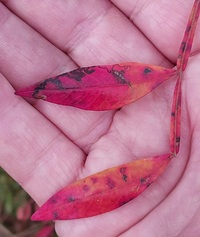
| Recorded by: Mark Basinger on 2025-11-02
Onslow Co.
Comment: |

| Recorded by: Mark Basinger on 2025-10-18
Stanly Co.
Comment: | 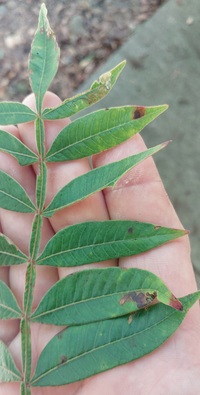
| Recorded by: Mark Basinger on 2025-10-03
Anson Co.
Comment: |
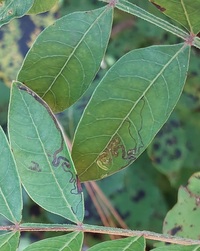
| Recorded by: Mark Basinger on 2025-10-01
Hoke Co.
Comment: | 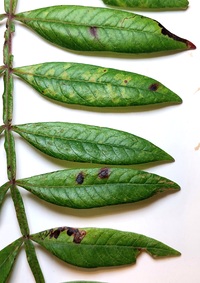
| Recorded by: Mark Basinger on 2025-09-07
Brunswick Co.
Comment: |

| Recorded by: Mark Basinger on 2025-08-21
Wilson Co.
Comment: | 
| Recorded by: Mark Basinger on 2025-08-09
Wilkes Co.
Comment: |
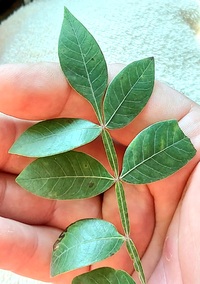
| Recorded by: Mark Basinger, Jim Petranka, and Becky Elkin on 2025-08-03
Moore Co.
Comment: | 
| Recorded by: Mark Basinger, Jim Petranka, and Becky Elkin on 2025-08-02
Richmond Co.
Comment: |

| Recorded by: Mark Basinger on 2025-08-01
Rowan Co.
Comment: | 
| Recorded by: Mark Basinger on 2025-08-01
Stanly Co.
Comment: |
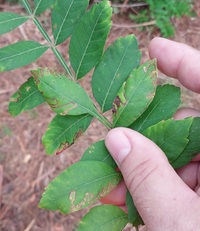
| Recorded by: Mark Basinger on 2025-07-24
New Hanover Co.
Comment: | 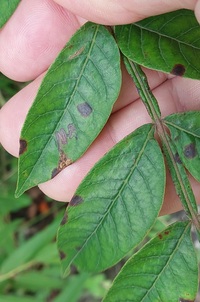
| Recorded by: Mark Basinger on 2025-07-23
Columbus Co.
Comment: |
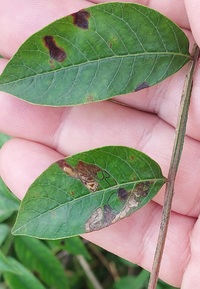
| Recorded by: Mark Basinger on 2025-07-23
Columbus Co.
Comment: | 
| Recorded by: Mark Basinger on 2025-07-23
Columbus Co.
Comment: |

| Recorded by: Mark Basinger on 2025-07-23
Columbus Co.
Comment: | 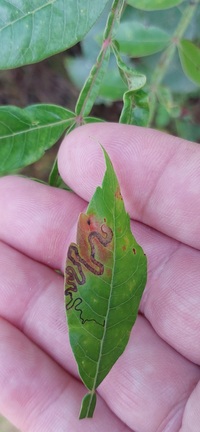
| Recorded by: Mark Basinger on 2025-07-14
Richmond Co.
Comment: |
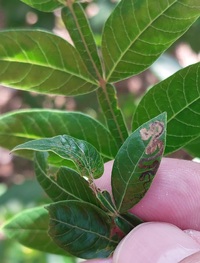
| Recorded by: Mark Basinger on 2025-07-14
Scotland Co.
Comment: | 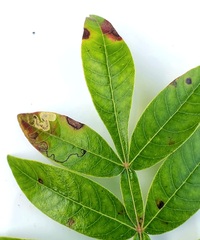
| Recorded by: Mark Basinger on 2025-07-10
Bladen Co.
Comment: |
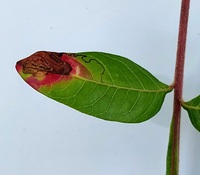
| Recorded by: Mark Basinger on 2025-07-10
Bladen Co.
Comment: | 
| Recorded by: F. Williams, S. Williams on 2025-07-03
Gates Co.
Comment: |
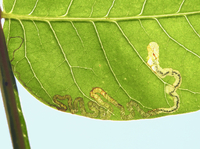
| Recorded by: Jim Petranka on 2024-07-07
Madison Co.
Comment: Unoccupied mine was on Winged sumac. | 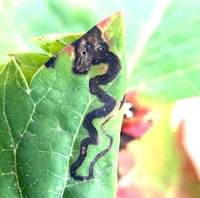
| Recorded by: Ken Kneidel on 2023-10-24
Catawba Co.
Comment: Host was Rhus glabra. |
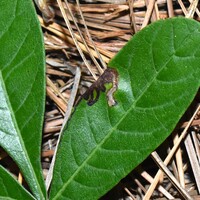
| Recorded by: David George, Jeff Niznik on 2023-09-01
Chatham Co.
Comment: | 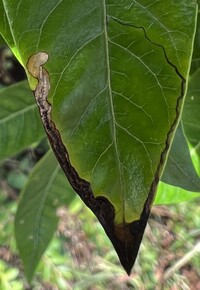
| Recorded by: David George, Stephen Dunn on 2023-08-12
Caswell Co.
Comment: |
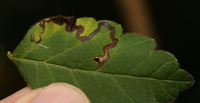
| Recorded by: David George on 2023-08-08
Orange Co.
Comment: unoccupied mine on Rhus aromatica. | 
| Recorded by: David George on 2023-08-08
Orange Co.
Comment: unoccupied mine on Rhus aromatica |
|

 »
»
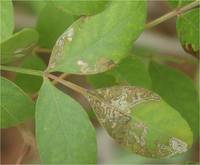

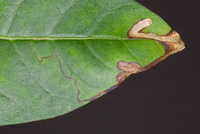

 »
»


